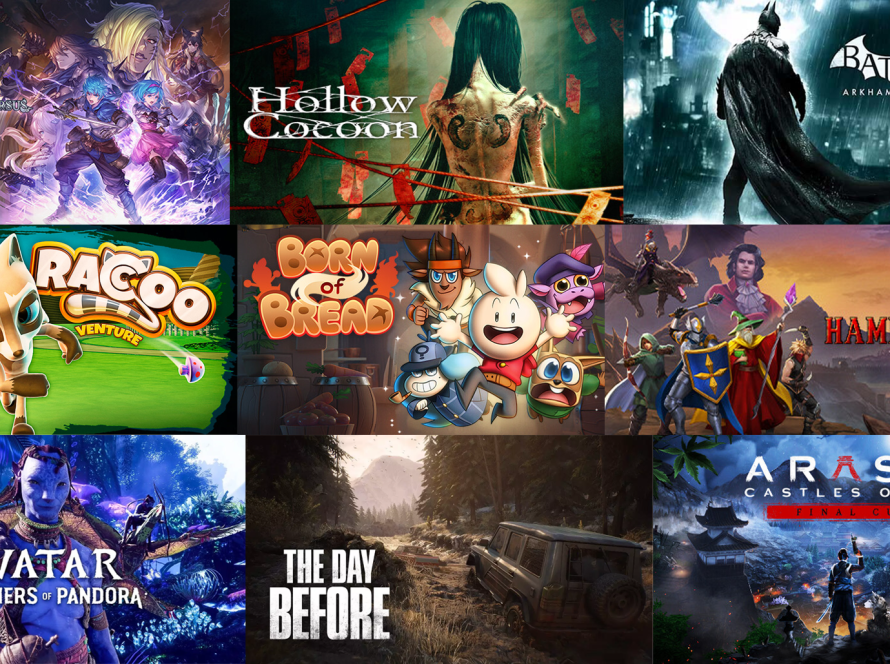The mobile gaming market is witnessing the explosion of a new genre: Hybrid Casual Games. These games combine simple gameplay with the strategic depth and features of mid-core games, creating a new wave that attracts players. This article delves deep into the fusion factor: how hybrid casual games are changing the gaming landscape. Through this, it provides valuable insights for 2D game developers.
How hybrid casual games are changing the gaming landscape
Hybrid casual games are shaking things up in the mobile gaming world by offering the best of both worlds: accessibility and depth. Here’s how they’re changing the gaming landscape:
Wider appeal
By combining the easy-to-learn mechanics of hyper-casual games with strategic elements found in mid-core titles, hybrid casual games attract a broader audience. This fusion creates a gaming experience that is accessible to players of all skill levels, from casual gamers looking for a quick and enjoyable pastime to more experienced players seeking strategic depth. As a result, hybrid casual games appeal to a wide range of players, making them incredibly popular and successful in today’s gaming landscape.
Driving new monetization models
Hybrid Casual Games open up new revenue opportunities for developers. In addition to traditional advertising, developers can explore revenue sources such as:
- In-App Purchases: Allowing players to buy items, equipment, or premium features for an advantage in the game.
- Seasonal Pass Systems: Providing players with access to exclusive content, special rewards, and seasonal events.
Building a cohesive player community
Hybrid casual games go beyond the quick, pick-up-and-play style of hyper-casual games. They often incorporate features like collection systems, progression mechanics or social elements that keep players coming back for more. This translates to better retention rates for 2D game developers.
Advice for 2D game developers
- Identify your core gameplay loop: Determine the fundamental mechanics that engage players and keep them coming back for more. Ensure accessibility while leaving room for strategic mastery.
- Incorporate engaging progression systems: Motivate players by providing them with a clear path of advancement through unlocking content, characters or new abilities.
- Explore social features: Foster player interaction and community awareness within your 2D game. This could involve leaderboards, cooperative modes or guild systems.
- Balance monetization carefully: Prioritize an engaging and enjoyable core gameplay experience. Monetization elements should enhance rather than detract from the overall player experience.
By carefully considering these factors, you can create a compelling 2D gaming experience that resonates with players and stands out in the competitive landscape.
FAQs
Next, 7swordsgames will address some common questions regarding the topic “the fusion factor: how hybrid casual games are changing the gaming landscape”. Stay tuned for more information.
How large is the hybrid casual games market?
Market research indicates a significant increase in the hybrid casual games market. Business of Apps reported that revenue from hybrid casual games reached $1.6 billion in 2022, a 60% increase from the previous year. Even as the growth rate slowed to 30% in 2023 (reaching $2.1 billion), this trend still demonstrates a substantial and expanding market.
How to develop a successful Hybrid Casual Game?
- Know your audience: Conduct market research to understand what players are looking for. Who are you making the game for? What kind of experience do you want to provide?
- Craft the core gameplay: It should be easy to learn and pick up, but offer enough depth to keep players engaged. Think mechanics like simple puzzle solving or tapping, but with strategic elements or resource management.
- Integrate meta-mechanics: These meta-mechanics will give players long-term goals and a reason to keep playing.
- Content is king: Keep players engaged with a steady stream of fresh content. This could include new levels, items, challenges or even narrative elements.
- Polish the user experience: Make sure your game is smooth, intuitive, and visually appealing.
- Monetize smartly: Explore monetization options that complement your gameplay, not hinder it.
- Market your game: Utilize social media, influencer marketing, or targeted advertising to get your game in front of the right players.
- Keep evolving: The gaming landscape is constantly changing. Pay attention to player feedback and analytics to see what’s working and what’s not. Be prepared to update your 2D game.
Which trends are shaping the future of 2D hybrid casual games?
- Integration with new technologies: AR, VR, AI.
- Innovative gameplay: Blending various game genres.
- Diverse content: 2D games with deep storylines, unique characters, and immersive role-playing experiences.
What challenges do game developers face when developing Hybrid Casual Games?
When developing Hybrid Casual Games, 2D game developers face several challenges including:
- Balancing accessibility and strategic depth.
- Creating diverse and engaging content.
- Implementing suitable business models.
In Conclusion
By now, you have the answer to the question: How Hybrid Casual Games Are Changing the Gaming Landscape. We hope that the information in this article will be helpful to you. Feel free to reach out to us if you need any assistance regarding 2D game art.




